Queer British Art: 1861-1967 at Tate Britain
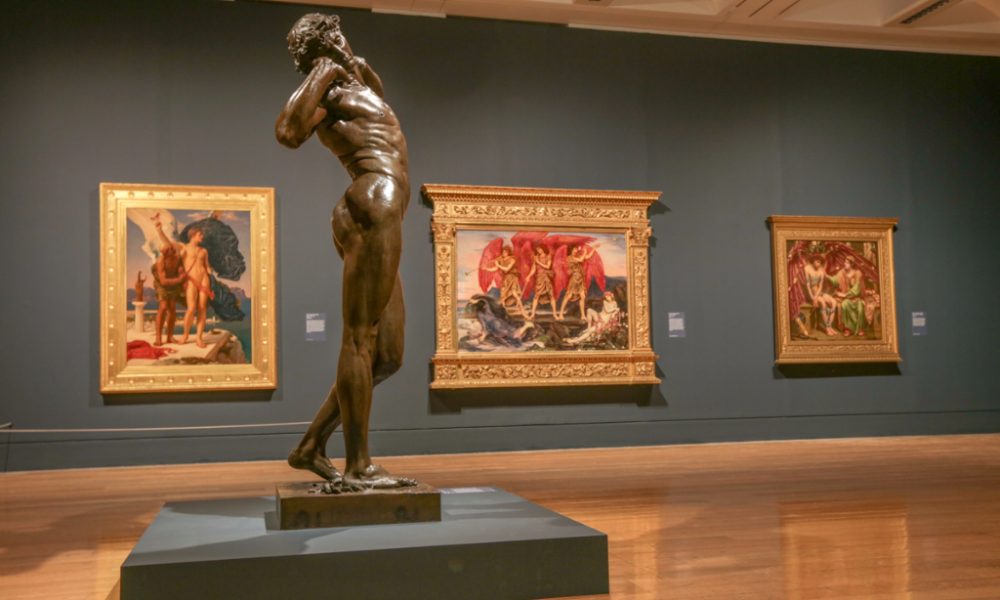
A boldly titled show at Tate Britain marks 50 years since the partial decriminalisation of homosexuality between men in the UK. It’s an historical moment worth celebrating and an exhibition would seem like the apposite form for this celebration to take, given the long association of queerness with the arts.
It’s only recently that the term “queer” has been rescued from a history of use as an insult and re-established as an inclusive term to describe individuals who identify as gay, lesbian, bi-sexual, trans and more. The Tate show courageously lays claim to this term, rightly pointing out that for much of the period of 1861-1967 that is covered in the display of works, words such as “gay” or “trans” didn’t mean very much; it is only in recent years that different proclivities and identities have been painstakingly labelled in this way.
Staging a show about “queer” art is always going to raise issues of political correctness alongside dangers of generalisation. The exhibition navigates these hazardous waters effectively, but the result is that it is at risk of becoming slightly academic and dry. Despite the daring title, the approach here is generally cautious and occasionally doesn’t go beyond stating that the male artist in question might have been attracted to men.
Some of the art on display is striking, beautiful and poignant. This is particularly true of some of the self-portraits in the exhibition, such as those by Simeon Soloman and Laura Knight. Another notable example is a self-portrait of the artist who asked to be known as “Gluck”, born Hannah Gluckstein, and the portrait shows a gender-neutral individual whose chin is tipped upwards in bold defiance of convention.
Inevitably, however, the quality of some of the paintings, drawings and photographs on display is somewhat dubious. The unfortunate tendency of thematic shows is to present work of less-than-brilliant artists alongside genuinely accomplished pieces, and this exhibition is no exception. The overriding impression on leaving is that it’s actually a shame that some of the more brilliant artists have been lumped together with less talented people due to their common “queerness”. Nevertheless, as the first institutional exhibition of queer art in the UK, this marks an overdue milestone and tells an important story about queer identity in Britain.
Anna Souter
Photos: Kimberley Archer
Queer British Art: 1861-1967 is at Tate Britain from 5th April until 1st October 2017, for further information or to book visit here.


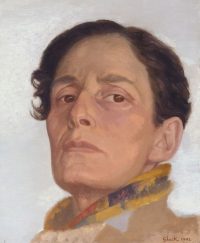

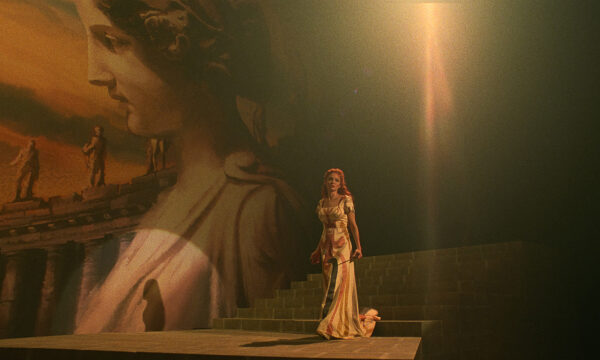
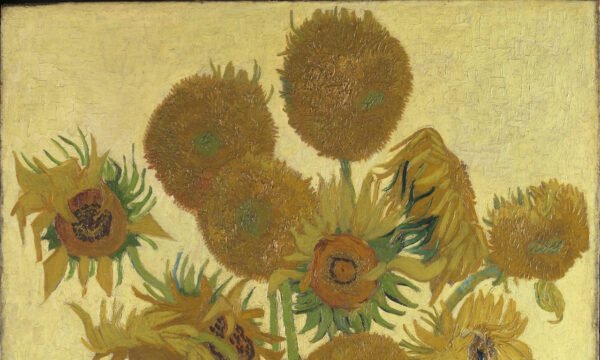
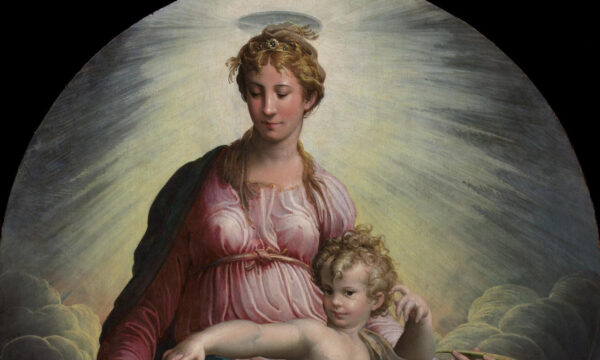
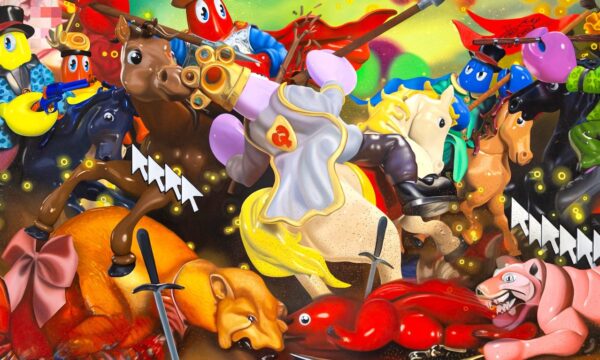
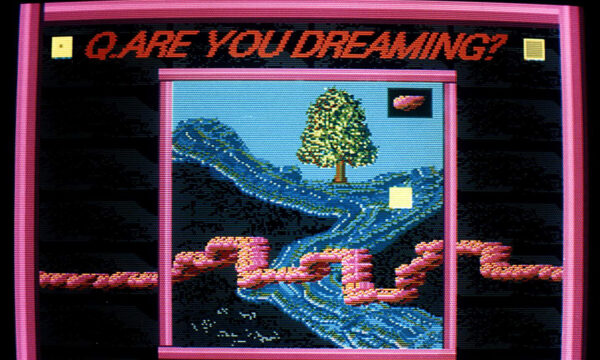
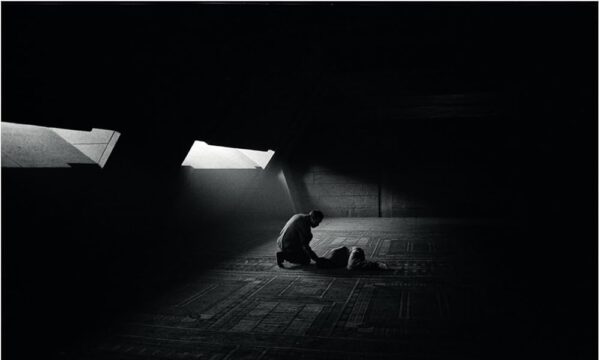
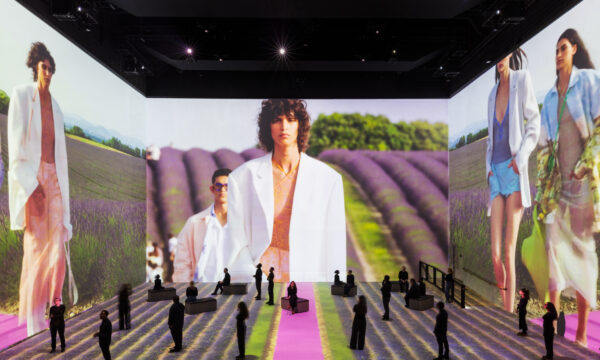
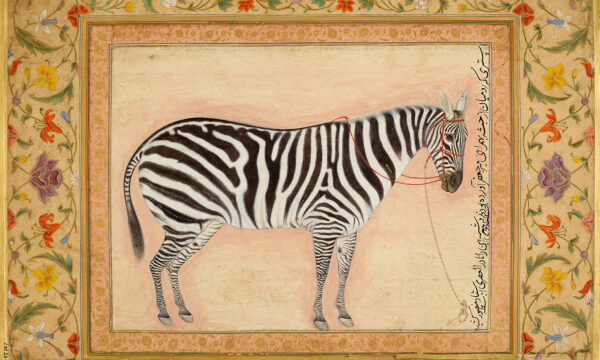









Facebook
Twitter
Instagram
YouTube
RSS